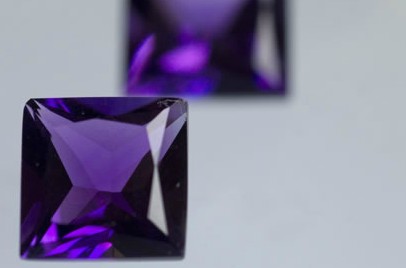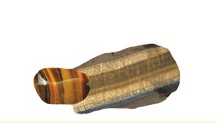Why Register?
- List Your Business
- Business Matchmaking
- WhatsApp Chat
- Personal Messaging
- Showcase Your Products

Product Pictures
Our product is in great demand among both manufacturers and wholesalers as the quality of our materials is becoming increasingly apparent. Presently, the company exports mainly to China and India, but we also have clients in Europe and America.
Zambia is a major source of gemstones for the world's jewellery market. In November 2007, Zambia won the Mining Journal's Country Award for its expanding mineral production, transparent mining law, excellent infrastructure, and improved corporate governance. Politically, Zambia has maintained amicable relations with its neighbouring countries, resulting in continued stability. It is a member of the Southern African Development Community and has had four consecutive democratically elected governments over the past 16 years. No government has been overthrown by a coup d'état, and the risk of armed conflict is low. Zambia's exports are sent to ports in neighbouring countries via railway. Investment in Zambia's road network has been scaled up since the launch of a ten-year US$1 billion investment program in 1998.
AMETHYST MINING AND PROCESSING
The mining operation at Mapatizya is mechanized. Bulldozers and excavators are used to strip, excavate and expose the amethyst veins. The veins are then mined selectively by pick and shovel. The lower grade amethyst is stockpiled to provide bulk feed for the washing plant.
Higher grades of amethyst are processed in the knocking plants at Mapatizya and Lusaka. A skilled workforce handles the sorting operations, and there is a strong emphasis on quality control.
Processing
Amethyst ore from the mines is taken to a washing plant located close to the mine itself. The washing plant uses a diesel-powered conveyor system to wash and sort the ore before it is taken for knocking and grading.
Grading and sorting
An experienced, well-trained workforce is responsible for sorting and grading the amethyst. Senior supervisors are appointed to oversee the work and guarantee the delivery of quality product. Experts from the head office in Lusaka mentor the supervisors, sharing grading and sorting tips to keep the quality standards high.
Geology
Amethyst mineralization occurs as fracture fillings in granitic gneisses and marbles. The mineralizing fluids started crystallizing from the walls of the open cavities inwards, as can be observed from the increasing size and development of the crystals. In the area of the Kariba mines, the host rocks were exposed to tensile fracturing, creating an extensive network of well-connected cavities. The fractures occurred in weak zones, which were opened during deformation. Earlier fractures also expanded, creating larger openings, and these form the most economically significant mineralized zones. Most of the fracture zones trend NE-SW, indicating that the compression was at right angles to the trend.
Three major zones of amethyst mineralization have been identified on the plot. Two of these are located in the central part of the plot and form the mine’s most significant amethyst deposits, yielding good quality amethyst. These zones run through the Cha Cha, Francis, Curlew, Davidson and Horden prospects. Most mining activities have been concentrated in these zones and contribute tremendously to the mine’s production statistics. The quality of the amethyst produced is of predominantly high grade.
The other significant zone is in the north-west (Basil prospect), which also has relatively abundant resources. The colour of amethyst in this zone is darker, however, though some isolated pockets do have high-grade amethyst with good body colour.


























